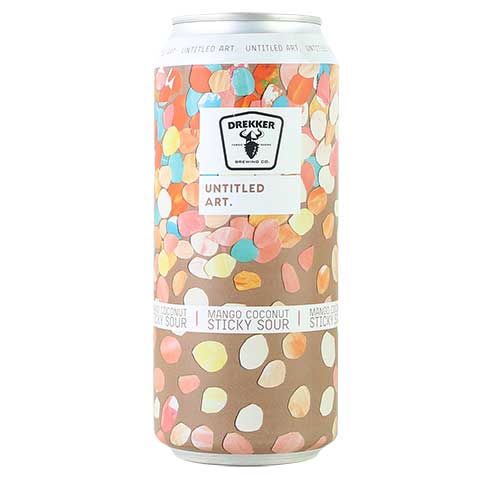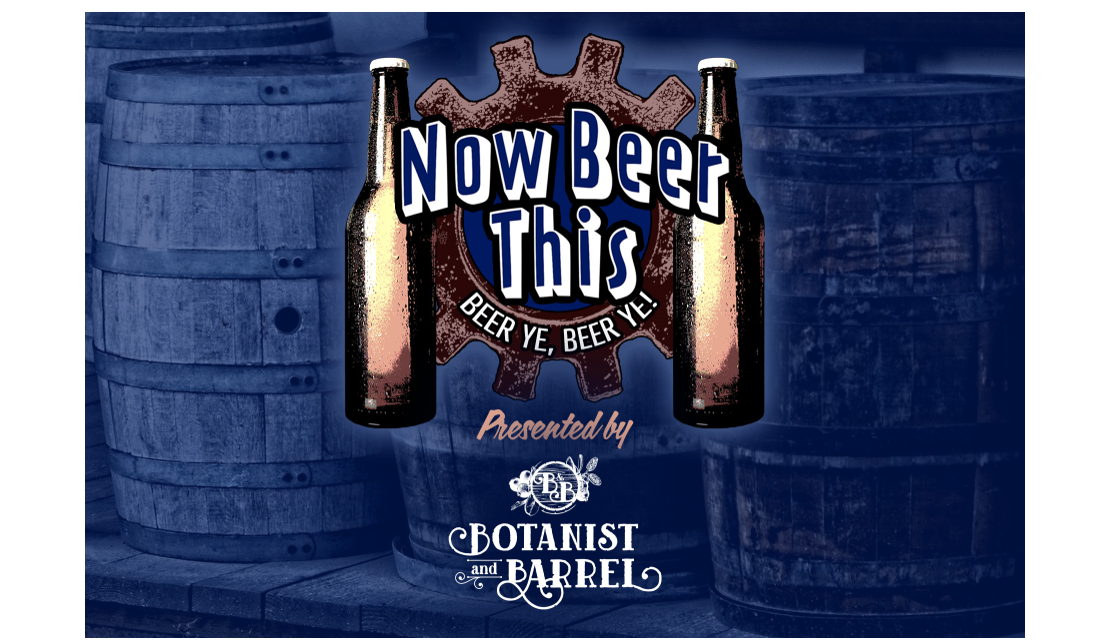On its face, the serving of beer with the option of adding a flavored syrup seems to be strange at best, blasphemous at worst. When it comes to the Berliner Weisse, however, that’s the traditional way to enjoy one of these warm-weather classics.
Tracing its lineage to Northern Germany and – unsurprisingly, Berlin – the Berliner Weisse style is a relatively low ABV beverage, typically clocking in at around 3 percent. The “weisse” in the name signifies the light, whiter color of the beer – a trait owed to both malt kilned at low temperatures and also the fermentation of Lactobacillus, which gives the style its signature slightly-sour flavor.
Like a great deal of Old World brew styles, the Berliner Weisse was immensely locally popular in its time, but eventually fell off and became an extremely niche product. In the 19th century, the weisse was the most popular style in Berlin, with an estimated 700 breweries producing their own unique spin. By the end of the 20th century, only two varieties remained. These days, however, the Berliner Weisse is back in the game thanks to a thriving international craft brew scene.
Of course, there have been changes to the Berliner Weisse over the years. For example, its status as a warm-weather beer was brought on by the burying of bottles to mature and ferment in warmer months (along with other Märzen beers), left in earth or sand to be dug back up after conditioning. Since warmer-month beers had a tendency to be stronger in terms of ABV, both servers and drinkers would occasionally water the beer down a bit. In the case of the Berliner Weisse, acidity levels could occasionally be quite high, leading to a practice that – to the modern beer snob, at least – sounds strange: mixing with flavored syrups, or even other beers!
 Just about every Berliner Weisse you’ll run across in the wild these days is pre-mixed or brewed in a fashion inspired by the history of the beverage. But, traditionally, the Berliner Weisse was served alongside the consumer’s choice of mixers, from raspberry or woodruff syrup to additional pale lagers. That’s why you’ll see beers such as Harpoon’s “Dragon Weisse” mixed with dragonfruit and hibiscus, or even stranger riffs such as Untitled Art’s Mango Coconut Sticky Sour spin on the style.
Just about every Berliner Weisse you’ll run across in the wild these days is pre-mixed or brewed in a fashion inspired by the history of the beverage. But, traditionally, the Berliner Weisse was served alongside the consumer’s choice of mixers, from raspberry or woodruff syrup to additional pale lagers. That’s why you’ll see beers such as Harpoon’s “Dragon Weisse” mixed with dragonfruit and hibiscus, or even stranger riffs such as Untitled Art’s Mango Coconut Sticky Sour spin on the style.
As spring begins to dig itself back out of the chill winter leaves behind, warm-weather beers such as the Berliner Weisse are worth thinking about putting in the rotation for porch-or-poolside drinking. While flavored beers may not necessarily be the preferred for the discriminating beer nerd, at least this one has some history behind the fruit you’ll find alongside the hops and malt on your palate in the coming months.
Chapelboro.com does not charge subscription fees. You can support local journalism and our mission to serve the community. Contribute today – every single dollar matters.


